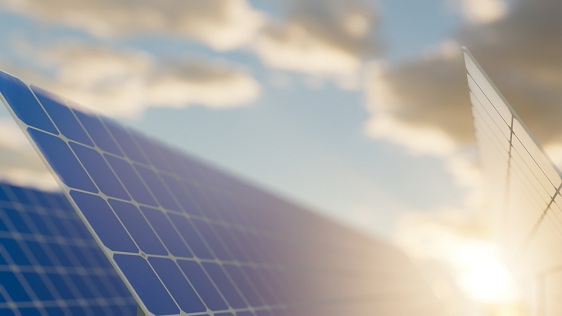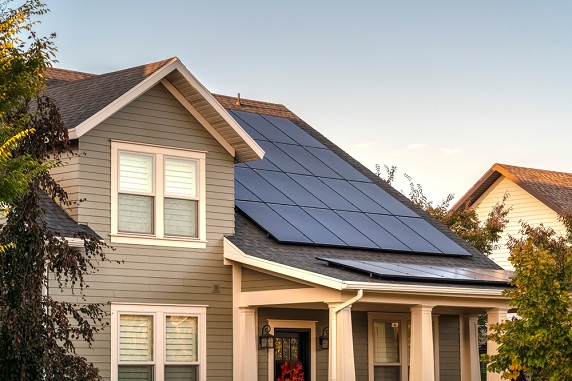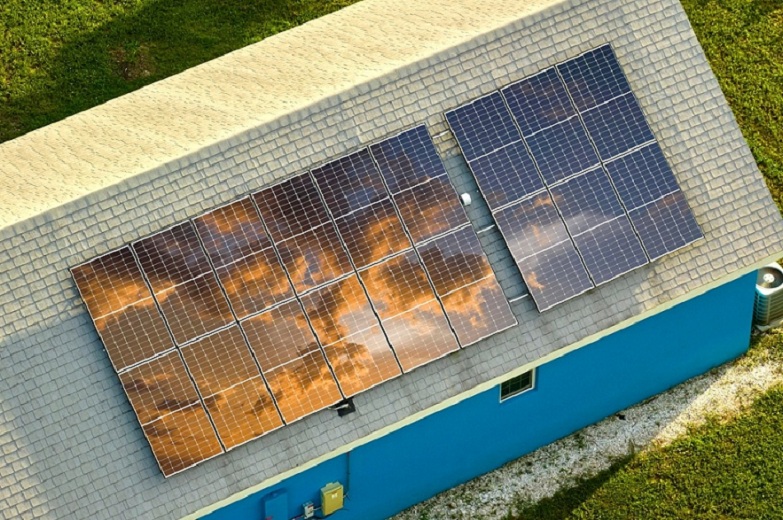Many things influence the output of a solar panel. Still, you can usually count on a typical one generating about 2 kWh/day, saving around $0.36 on electricity bills daily.
At first glance, $0.36 seems small, but that's just one panel's worth of energy saved over one day. An entire solar power system could save up to $132 per month.
What factors determine how much power a solar cell will generate, and how to calculate the production of one solar cell? Let's figure it out.
Factors Affecting Solar Panel Power Output
Several important variables affect how much power a solar panel will generate, but two, in particular, have a huge impact.
Solar Panel Features
The most crucial thing to consider when producing electricity is the panel's watt capacity or power output.
The wattage indicates the power output that a solar panel produces under specific test conditions known as Standard Test Conditions (STC).
Home solar panels usually have a maximum output of anywhere from 300 to 370 watts. As the wattage increases, so too does the power produced by the panel.
The construction of the panels determines wattages. The kind of solar cells you use, for instance, affects the wattage of a solar panel. Because of their ability to generate more power than earlier solar cell technology, most solar panels use monocrystalline solar cells.
The energy produced by a solar panel depends on how many solar cells are used. Solar panels usually come in two sizes: 60-cell panels and 72-cell panels. 72-cell panels generate more electricity than their smaller ones but are bigger and thus less popular for residential use.
Hours of Sunlight

Another important factor affecting how much energy a solar panel generates is the hours of sunshine it receives each day. As more sunlight falls on the solar panels, they generate more electrical energy.
Solar cells are tested in a laboratory where they receive 1,000 watts of direct sunlight per square meter for one hour.
These are called peak sun hours. Researchers have determined the number of peak sun hours per day for different parts of the world. Solar panels generate more energy in regions with more peak sun hours.
The below table tells you how much electricity a 370-watt solar power system could generate in some U.S. states that vary in terms of exposure to sunlight.
The table above illustrates that a solar panel can produce twice as much energy in states like Arizona or California than in Alaska.
It's still possible to invest in solar energy in Alaska. However, because there are fewer sunny days in Alaska than in Arizona, you'd need to put up three times as many solar cells to generate the same amount of power.
Other Factors
A lot of other factors influence how much power a solar panel produces. For example, if you take the temperature of a solar panel, it generates less power as it heats up.
It's crazy! Isn't it
You can learn more about the effects of temperature on the output of solar panels here. If the panel is shaded at all, either by the shade or by settling dust on its surface, it will generate less power.
Calculating the Output of One Solar Panel

We know what factors impact a solar panel's ability to generate electricity. Let's take a look at how much energy they produce.
The two important factors to consider while calculating the output of a solar panel are:
You just need to multiply the wattages of your panels by the total daily peak sun hours for each day.
For example, if a resident of New York installs a 400-watt solar system, he/she can expect approximately 4 peak hours of sun per day. This means the panel could generate up to 1,600 wh or 1.6 kWh of electricity every hour.
400 watts x 4 peak sun hours = 1,600 Watt-hours/day
1,600 watt-hours /1,000 = 1.6 kWh/day.
To figure out how much electricity the solar panel would generate in a month, multiply the output by 30 days:
1.6 kWh x 30 days = 48 kWh/month
And what about for one year? It's simple - just multiply the 1.6 kWh by 365 days.
1.6 kWh x 365 days = 584 kWh/year
Remember that this is a simple approach to determine the power one single solar panel generates. The exact amount will vary from time to time, depending on all the variables we've discussed.
If you want to know how much energy your solar panels will generate, you can calculate it using our solar panel calculator.
Solar Panels That Can Give the Maximum Output
As we've already mentioned, higher-wattage solar cells can produce more output. Here's a list of some popular high-watts solar panels capable of producing the most electricity.
Don't forget that high-power panels may cost much more than lower-wattage ones. You might be paying more upfront for your system.
As long as you have enough roof space, you can install even larger numbers of smaller panels than you would normally be able to afford.
High-Efficiency or High Wattage: Which One to Consider
If you've searched for "how much power can a solar panel generate," you may have found some information about solar panel efficiency? It's far more important to look at a panel's wattage than to look up its efficiency rating.
Why? Efficiency is taken into account when calculating the wattage output. The battery's power rating serves as the capacity limit for how much energy it can produce.
If Panel A produces 450 W at 20% and Panel B produces 390 W at 23%. It doesn't matter that Panel B has a better efficiency because it has a lower wattage capacity than Panel A.
Energy Produced by a Complete Home Solar Panel System

We now understand how to calculate how much energy one solar panel generates, but let's face it, no one will install just one solar panel on their roof. One solar panel isn't enough if you want to power your house. You will need multiple solar panels.
An average solar panel system in the US is usually between 6 to 8 eight kilowatts (kW) in capacity or between 16 and 18 solar panels.
With a 6 kW solar power system, you’ll be able to produce anywhere from 730 kWh to 910 kWh of energy each year. For comparison, an average U.S. family uses about 893 kWh per year.
A 6 kW solar panel system won't work for everybody. Every household has different needs and energy use patterns.
If you want to know how many solar panels you'll need for your home, we've got an easy step-by-step guide on how to figure it out.
Or, if you'd rather watch a video from one of our experts, here's a quick video from Will White explaining how to calculate your needs.
Solar Power Helps You Save Money
You now understand how much solar energy you can expect from a single solar panel and how much a whole solar power system can generate.
The best part of going solar is that installing solar panels allows you to use clean, renewable electricity and save money. With solar power, you don't need to pay for grid power because you're generating your own.
You can usually install enough solar panels to meet your electricity needs. Indeed, that 6kW solar system we discussed earlier would save an average U.S. household anywhere from $90 to $100 per month!
Of course, this isn't an exact figure. How much money you'll save by installing solar panels depends on many factors. To calculate this, you can use our solar panel savings calculator below.
Not only will you receive a free solar energy quote, but you can also contact local solar installers to begin receiving actual solar quotes for your house.


